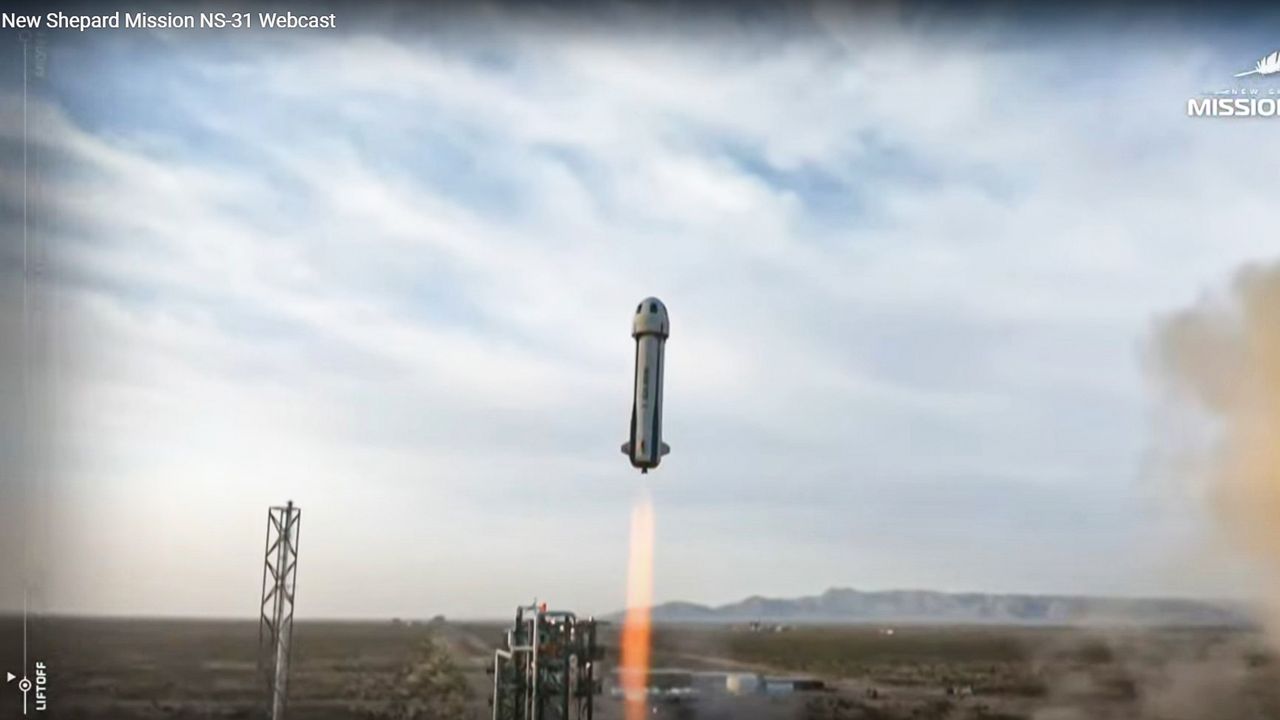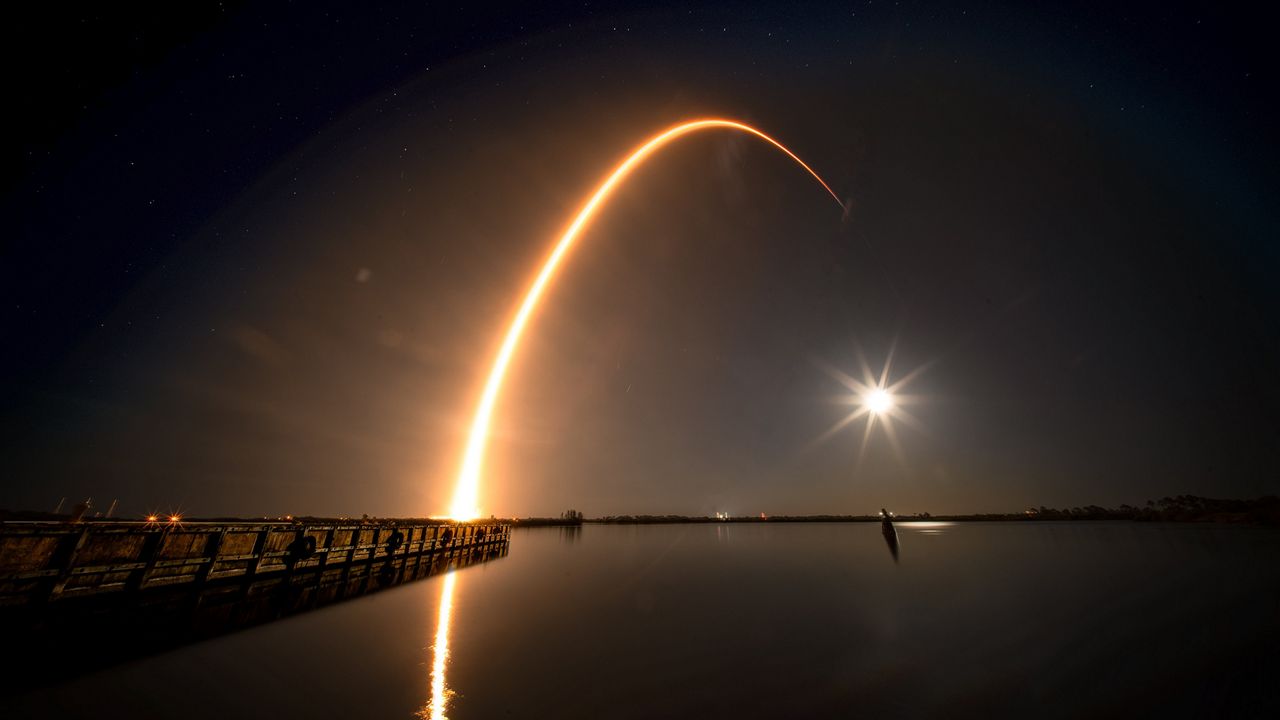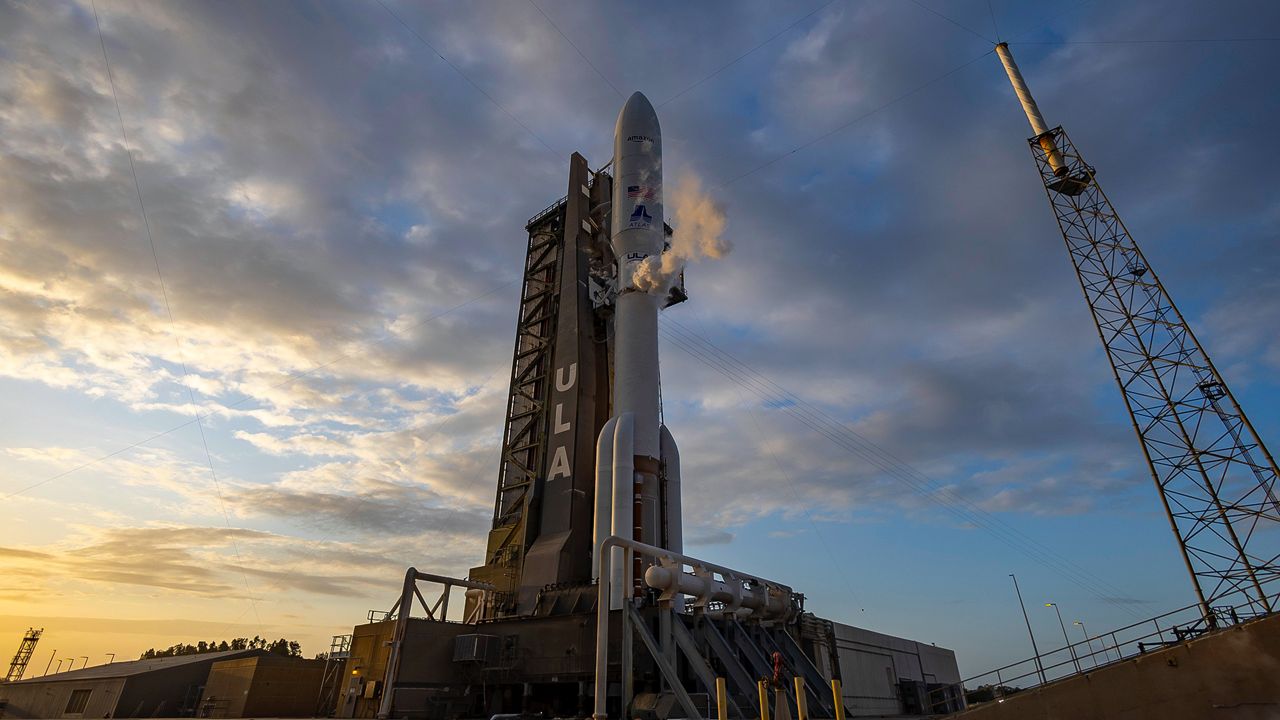ORLANDO, Fla. — When two NASA astronauts lift off aboard a SpaceX Crew Dragon capsule on their way to the International Space Station, the mission will open up a new era of crewed space flight. Here are a few things to know about the mission and the spacecraft.
Related Stories
- Astronaut Launch From US to ISS Will Be 1st in Nearly a Decade
- New Space Race Puts Boeing, SpaceX in Starlight
- NASA: Dragon Crew Cleared for Historic Launch Next Week
- Pictures, Video: Go Inside the SpaceX Crew Dragon Capsule
- Street Level: A1A: A Community Built on the Promise of Space
- What’s Next for the Future of Space Travel?
1. The astronauts will have space — literally.
The Crew Dragon capsule is roomy compared with the Freedom 7 capsule that Alan Shepard had to squeeze into when he became the first American in space in 1961. At almost 27 feet tall and with a diameter of 13 feet, the Crew Dragon towers over the Freedom 7's 11.5-foot height. The Freedom 7 could only carry one person and was only a little over 6 feet at its widest point. Meanwhile, Crew Dragon, which can carry seven people, is more than 10 times heavier than its predecessor at 26,576 pounds.
For this first crewed test mission of the Crew Dragon, dubbed Demo-2, there will be two NASA astronauts aboard, Bob Behnken and Doug Hurley, plus some supplies.
2. "The worm" is back.
The dark blue globe logo for NASA, dubbed the "meatball," may be the agency's primary symbol these days, but if you're of Generation X or older, you may remember "the worm": the letters NASA spelled out in curvy, red pipes. The worm was created by the firm of Danne & Blackburn, according to NASA, and introduced in 1975. The now retro-looking logo was even honored by President Ronald Reagan in 1984, NASA says.
The worm logo was retired in 1992, but you can still find it on some souvenir items — and now, honored on the Falcon 9 rocket that will carry the Crew Dragon during the Demo-2 flight. NASA says we may also see it sprinkled about in other official ways on this mission and possibly going forward.
NASA says the meatball will continue to be its main logo, but the worm will live on in other ways. Look for it on the Falcon 9 rocket.
3. The Crew Dragon is fully autonomous.
That means the capsule can be monitored and controlled not just by the astronauts inside, but also SpaceX’s mission control in California. There are a few buttons and knobs, but most of the controls inside the capsule are touchscreens. Besides carrying the crew, the capsule also houses Draco thrusters. These engines allow the capsule to maneuver in space. Additional Draco thrusters are under the nose cone, along with the Guidance Navigation and Control sensors.
4. Two sides to the capsule.
The Crew Dragon is made up of two parts: The pressurized capsule, which carries the astronauts and any critical cargo, and the unpressurized service module, also known as the trunk.
The trunk is the connection between the Dragon and the Falcon 9 rocket, which will lift off from Launch Complex 39A at Kennedy Space Center. Half of the trunk contains a solar array, which will provide power to the Dragon while in orbit; the other half has a radiator that ejects heat.
5. There's a backup crew.
In case something were to prevent Behnken and/or Hurley from being a part of the Demo-2 mission, there are other astronauts to take their place. U.S. Air Force Col. Michael Hopkins would replace Hurley as spacecraft commander while U.S. Navy Cmdr. Victor Glover would replace Behnken as the joint operations commander. If the Demo-2 mission is a success, Hopkins and Glover, along with NASA astronaut Shannon Walker and Japan Aerospace Exploration Agency astronaut Soichi Noguchi, will be assigned to Crew-1, the beginning of SpaceX's regular crew rotation missions to the space station.








